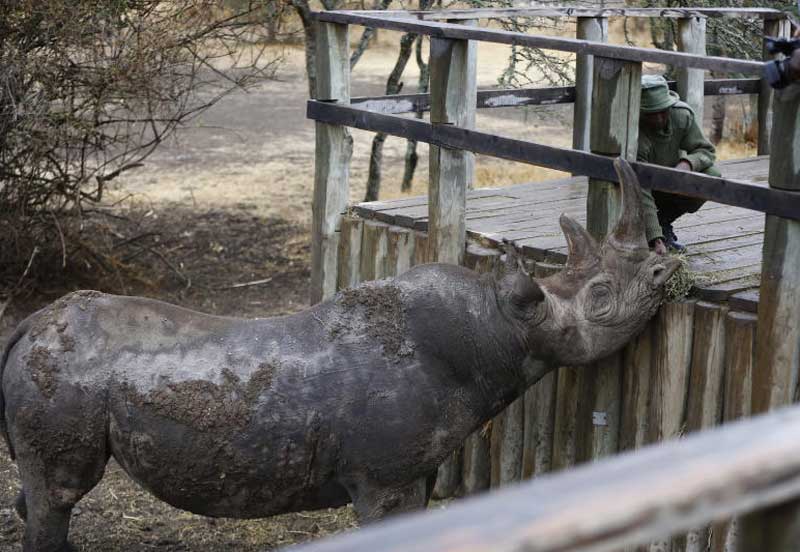×
The Standard e-Paper
Fearless, Trusted News

The population of black rhino in the country has doubled for the first time in 35 years following conservation efforts.
The current black rhino numbers stands at 750, according to report by World Wildlife Fund (WWF), two-fold increase from 350 in 1983 when the population was at its lowest in the country as a result of intense poaching.